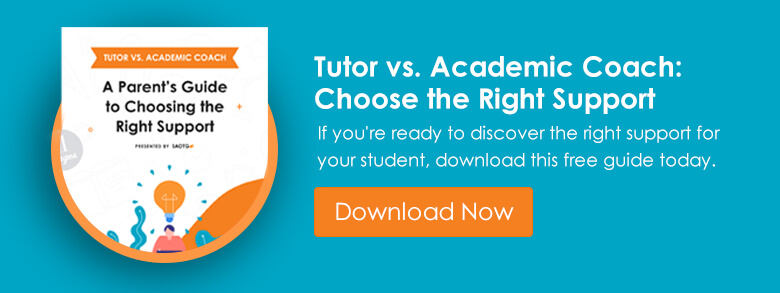Building strong relationships with teachers and advisors is an essential aspect of academic and personal success. These relationships can provide mentorship, support, and guidance, assisting students in navigating the challenges of school and life. Moreover, developing robust relationships with teachers and advisors can help students build social capital, which can provide access to opportunities, resources, and connections. However, far too many students shy away from building meaningful connections with teachers and advisors. This post hopes to solve that problem.
At the very heart of our unique EF curriculum is impression management. Impression management refers to how students manage the impressions they leave on their teachers, parents, and peers. To build their impression management muscles, students must develop social awareness, self-advocacy, and self-confidence. Building strong relationships with teachers and advisors necessitates projecting a positive image, demonstrating respect and professionalism, and communicating effectively. For example, arriving on time, dressing appropriately, and communicating clearly and respectfully can help students build strong relationships with teachers and advisors and project a positive image of themselves.
Teaching students impression management has several benefits, but the focus of this blog post is on how impression management can improve students’ relationships with teachers and advisors. Too often, students see school faculty and staff as mere paper graders and disciplinarians. However, this view is limited. Teachers and other faculty members genuinely want to help students succeed, but students must learn how to develop relationships with these members of the school community, who could become their mentors. A mentor can help students navigate academic and personal challenges, set goals, and develop skills. School is about much more than academic subjects, and teachers have much more wisdom to share than vocabulary words and geometry concepts. Students need to learn how to access this kind of learning from their teachers and advisors. They can do this through respect and self-advocacy.
Let’s start with respect. If I ask any student, what kind of behaviors teachers want to see in the classroom they can tell me, and most of them revolve around respect. Showing respect includes being polite, courteous, and considerate of teachers, classmates, and anyone else you see. For instance, the teacher always notices the student who shows up to class a few minutes late. Likewise, teachers always notice the student who shows up on time. Showing up on time is about respect for the teacher, the class, and the objectives of school as a whole. There are many other elements besides punctuality that go into earning your teacher’s respect, but many of them flow from the same basic theme: demonstrate character and courtesy. By showing up on time, clearly conveying effort in all assignments, knowing when to work and when to have fun, and communicating effectively, students can build plenty of social capital with their teachers and advisors.
Next, let’s talk about the underrated skill of self-advocacy. Self-advocacy involves speaking up for oneself, asking for help when needed, and taking responsibility for one’s learning. When students advocate for themselves, they can communicate their needs and expectations to their teachers and advisors, which can help them receive the appropriate support and guidance. Furthermore, self-advocacy skills can help students become more independent and confident in their abilities, which can lead to greater academic and personal success. Building self-advocacy skills requires practice. This is where parental involvement becomes a tricky problem. Students need to learn to communicate with teachers on their own. Usually during the middle school to high school transition, we encourage parents to let students speak to teachers. For students, building self-advocacy skills is about creating consistent opportunities for practice. For instance, students can aim to attend office hours once every two weeks. Another great way to practice self-advocacy is to set up a meeting after every major test, paper, and project. Self-advocacy doesn’t always have to be during an in-person meeting. In the modern school, email communication is a core skill for successful students.
Building strong relationships with teachers and advisors is a continuous process that requires effort and commitment from both parties. Students must be willing to invest time and energy into developing relationships with their teachers and advisors, seeking feedback and guidance, and following through on their commitments. Teachers and advisors, in turn, must be open and responsive to students’ needs, providing them with the necessary support and guidance to succeed. When students and teachers work together in building strong relationships, they create a positive and supportive learning environment that fosters academic and personal growth.
In conclusion, building strong relationships with teachers and advisors is a critical aspect of academic and personal success. These relationships can provide mentorship, support, and guidance, helping students navigate the challenges of school and life. By developing impression management, effective communication, respect and professionalism, self-advocacy skills, and commitment, students can build strong relationships with their teachers and advisors, leading to greater academic performance and personal growth. At SAOTG, we are committed to helping students develop the skills necessary to build strong relationships with their teachers and advisors, equipping them with the tools and knowledge they need to succeed in school and beyond.
For more information about executive function, please visit our blog page. If one-on-one academic support is just what your child needs, please reach out to us today!





